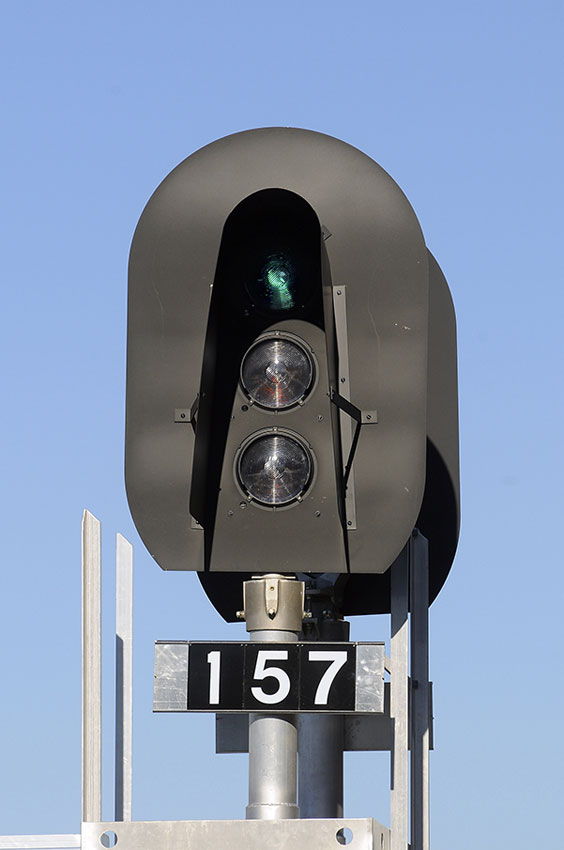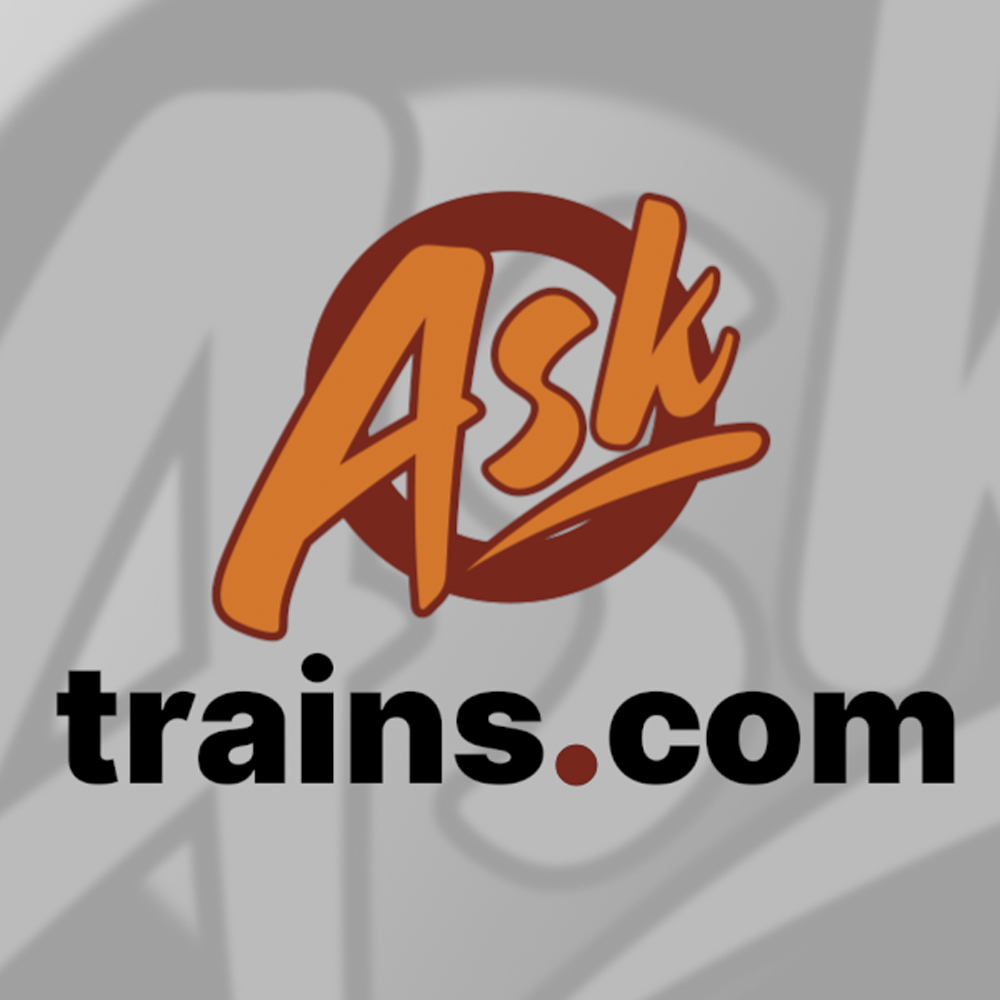— Richard Hoffman, Bowling Green, Ky.
A The use of signals as a safety device for controlling train movement requires that any information that is ‘sent’ via the color lamps to the locomotive engineer is received at the engineer’s eyes at the right time and place on the track, and is received only by the engineer for whom it is intended. It could only cause confusion or worse if an engineer were to receive light information that is misunderstood.
The light information is first focused and directed within the lamp unit (the signal head) and that beam of light is directed toward the track where it is needed. To ensure that other outside light conflicts such as sun or other light sources do not affect that beam of light, shrouds or visors are provided to shade the light units. In the specific signal heads referred to, the heads are called ‘snow hoods’ that will provide shading for sun and will help protect the lamp units from blown snow, which is a factor on parts of the CSX system.
— Tom Hunter, signal engineer, Parsons Brinckerhoff











